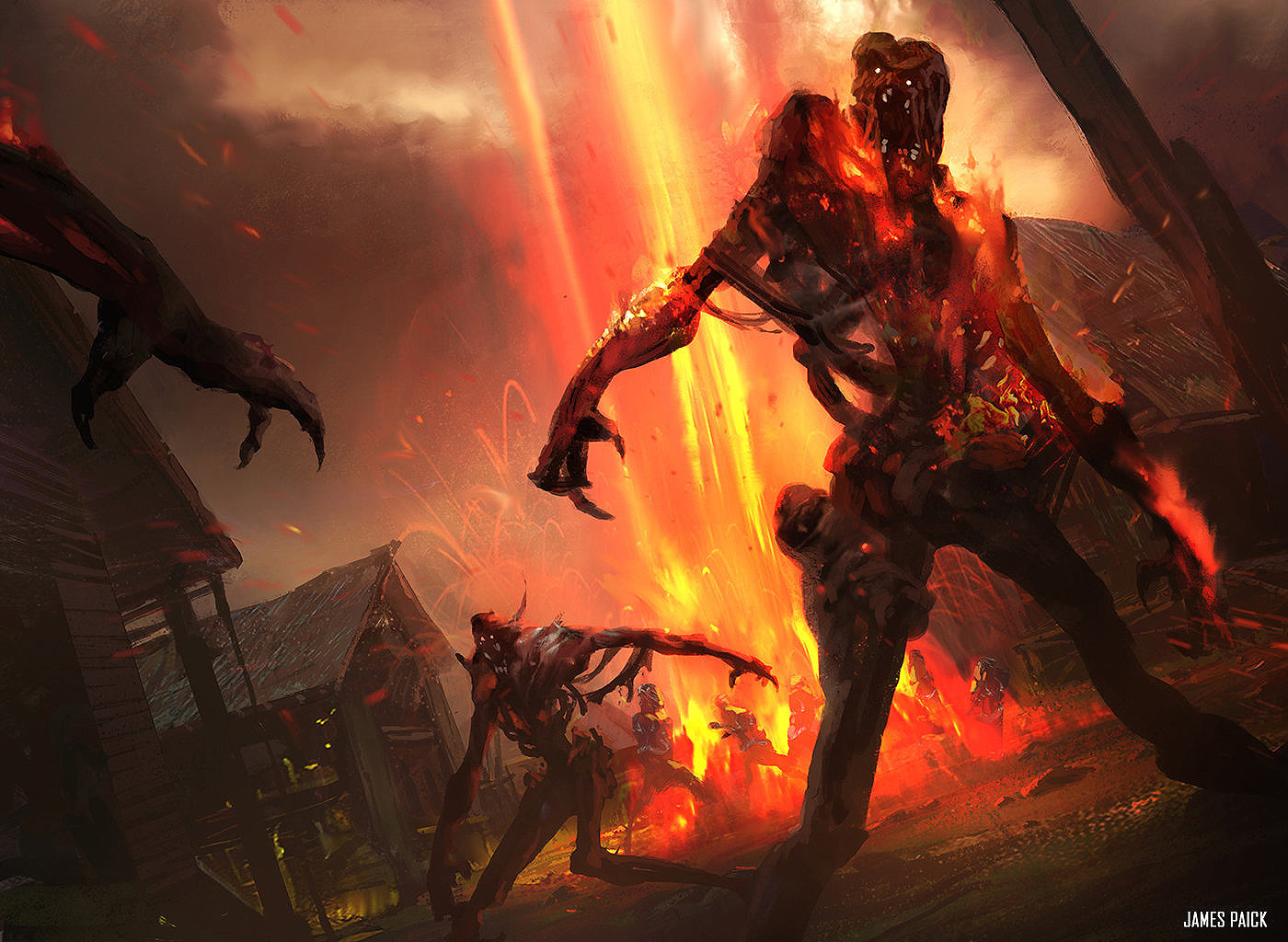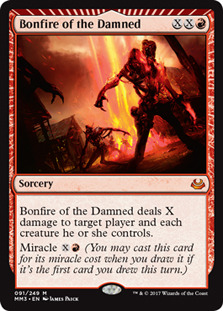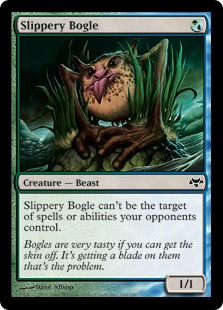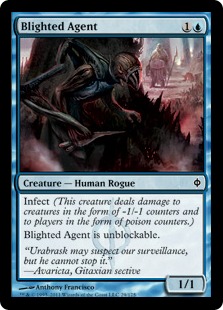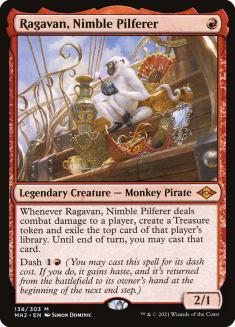Hello, and welcome to this edition of Sullivan’s Satchel. It is with conflicting emotions that I report that I am shutting down my work with Wizards of the Coast (WotC), probably by the time you’re reading this. I have accepted a full-time offer with Dire Wolf Digital, which I’m very excited and optimistic about and I’m sure I’ll be providing more information about at a later time. As much as I’ve enjoyed my work with WotC, it was always part-time, and a full-time offer in the city I live (along with my wife, children, and mortgage) alongside people I enjoy and respect was too appealing to turn down.
At the minimum I’d like to give myself a “cooling off” period before talking much about the details of my time there, if I do at all. The process is much different over there (I think partially out of choice and partially out of need) from what I experienced prior. I don’t want to conflate how I think things “should” be when contrasted with something that’s plainly very successful and capable of doing a ton of work in a surprisingly small amount of time.
Also, I like the people I worked with, had a great time, and learned a lot, so I’m in no rush to complain about anything, to the extent I have anything to complain about in the first place. The people and the experience were great, I learned a lot, and working on Magic for a period of time will always be a significant professional accomplishment for me. I’ll always be grateful.
With that, the questions. As always, you can send yours to [email protected] or DM me on Twitter @BasicMountain. All questions over a bar that really isn’t too much to ask will get answers at some point or another. The best question will also win the title of Question of the Week™, with its author pocketing a cool $25 in SCG credit to boot.
From Friend of the Satchel™ Ben Seitzman:
Of course! All designs take inspiration from something or someone, explicitly or not. This is part of my frustration with designers “claiming credit” for individual designs. Usually design occur in an iterative, collaborative process. Even when they don’t, the designer in question is usually overhearing conversations involving other designers, thinking about requests, etc. It’s very rare for ideas to emerge fully formed from someone without at least subconsciously baking in ideas or concepts from other designers, and the teamwork is usually more obvious than that.
I’ve got two go-to’s for personal inspiration — classic high fantasy and Mother Nature. At root I’m a nerd raised on Tolkien and Dungeons & Dragons. I find those tropes fertile ground for all manner of design; it’s no surprise Alpha looks the way that it does. My favorite space to design in is with animals (bonus points if they’re real animals from Earth and not fully make-’em-ups). The cuter and more whimsical the better. I remember some examples charming me early in Magic (Joven’s Ferrets, Karoo Meerkat) and I’m an animal lover. Left to my own devices my own set would be 200 cards with names like “General Fuzzyboots” and the like.
From Bloodbraid:
I think Magic has done real wonders for me in terms of thinking about things in a probabilistic space. It’s extremely hard for most people to wrap their heads around percentages that aren’t “0,” “50,” or “100,” or to digest that adding 1% or 2% win equity (or whatever the thing is) can be significant in the abstract and definitely significant over a large enough sample size.
Magic is special in that you get to generate a large enough sample size of games that you can actually feel those 1% swings you give yourself with certain plays or card selections. Contrast that to professional sports, another interest of mine. The same principles apply there as well, but the sample size (often measured in a full season) is long and doesn’t provide the opportunity for counterfactuals, so it can be a hard thing to see even if you believe in it. In Magic, competitive players play thousands and thousands of games, and I’m not sure my attention to detail in statistical spaces would have come to be without Magic letting me experience it firsthand.
On the other hand, Magic has been absolutely catastrophic in terms of life goals. First of all I spent a lot of formative years playing it, and even though I ended up okay (better than okay, I suppose), the previous paragraph prevents me from ignoring the survivorship bias intrinsic in my set of circumstances. Also, even though the individual games support thinking about numbers the right way, the Organized Play systems I cut my teeth on (winner takes all, extremely top-heavy, lots of high-leverage situations, etc.) are dissonant with trying to string together a bunch of singles, as it were. I think I’ve mostly gotten myself into a better space with that sort of life-planning, but attempts to apply the lessons of competitive Magic to other spheres in life were mostly extremely negative.
From Eric Wong:
I struggle with this question all the time. I think all mechanics are “controversial” in that all mechanics are someone’s favorite, most hated, and somewhere in between, but I think you’re maybe discussing a more competitive framework, or at least a player experienced enough to understand the applications and implications. For whatever it’s worth, I think miracle is awesome, setting aside the physical awkwardness (allows for dramatic swings, lots of ways that the opportunity cost is concealed from the user but still present, obvious from people’s reactions that they overvalue the cards with it so it’s clearly tapping into something); hexproof is okay on expensive stuff, usually bad on cheap stuff, but in all instances something more flavorful and something with more counterplay could be used instead; and infect is sweet, if something of a development challenge.
I try to err on the side of making mechanics with broad appeal, and then indulge some of the “controversial” stuff on a per-card basis. As an example, “Ward: Pay 5 life and discard your hand” is functionally pretty close to hexproof but quite a bit more evocative, leading to cool moments where one player would actually consent to pay the cost to cast their Terminate. Is that sort of execution of ward once or twice per set better than doing hexproof? Is miracle significantly less frustrating if Terminus is a single design written out, and the mechanic otherwise doesn’t exist? These calls aren’t always practical; Miracles is a flagship mechanic for a set, and so cutting it isn’t as simple as just cutting it. You have to replace it.
Lastly, the Question of the Week™ and winner of $25 in SCG credit, and one of my favorite, if infrequent, streamers, YungCoolatta:
I’ve mentioned a few times now that even if Ragavan ends up being problematically good, I think it moves the needle for red aggro in a good direction. It slows things down, gives novel incentives, and actually ties at neutral or a loss of tempo, as opposed to most of the cheap red cards that populate the top lists. I’m very happy to see it in some Izzet artifacts-matter stuff, partially on rate and partially because it produces some artifact synergies every now and again. Maybe that deck (or parts of it) will turn out problematic long-term, but I think the play of it is much healthier than Goblin Guide and Lava Spike. I’ve also played against a weird array of good defensive creatures (Wall of Omens/Blossoms and the like), and it’s hard to imagine those cards getting over unless there was a specific need for sturdy blockers.
Still, it’s gross with Daze, and Ragavan alongside Dragon’s Rage Channeler is a ton of heat for what was already Legacy’s best deck (or close to it). Here, I console myself to sleep with the knowledge that “Delver getting inbred for the mirror” more strongly correlates to a robust Legacy metagame than actually printing new cards for combo decks, and the format only “really” matters to a few hundred Magic Online (MTGO) grinders, most of whom only own one deck anyway. Clearly Ragavan has a place in high-powered formats, but I’m not unhappy with the early returns.

